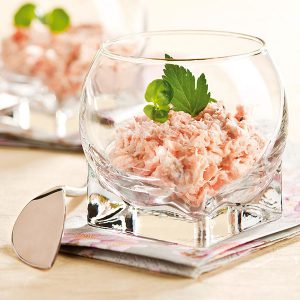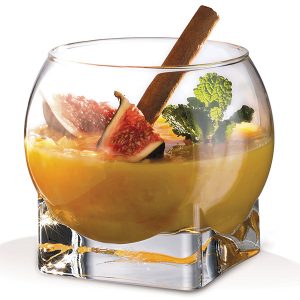The art of glassware is a captivating and intricate form of artistic expression that involves transforming molten glass into stunning and often intricate creations. It requires a combination of skill, creativity, and technical expertise to shape glass into various forms, from delicate sculptures to functional vessels. Here’s a closer look at the art of glassware:
1. Techniques:
- Glassblowing: One of the most iconic glassmaking techniques, glassblowing involves using a blowpipe to shape molten glass into various forms. The artist gathers molten glass at the end of the blowpipe and then shapes it by blowing air through the pipe and manipulating the glass with tools.
- Kiln-Forming: This technique involves heating glass in a kiln until it softens and fuses together. It can be used to create flat or molded pieces, such as plates, bowls, and tiles.
- Fusing and Slumping: Glass pieces are arranged and heated in a kiln until they fuse together or take on the shape of a mold, respectively. This technique is often used to create intricate patterns and designs in glass art.
- Flameworking: Also known as lampworking or torchworking, this technique involves using a torch to melt and shape glass rods or tubes. It’s commonly used for creating intricate glass beads, sculptures, and small decorative objects.
- Cold Working: After the glass is initially shaped and cooled, artists can use grinding, cutting, and polishing tools to refine and shape the glass further.
2. Creativity and Design:
- Glass artists have the freedom to explore a wide range of creative possibilities. They can experiment with colors, textures, and shapes to achieve their desired artistic vision.
- From intricate details and patterns to abstract and contemporary designs, glass artists can infuse their personal style into their creations.
3. Skill and Precision:
- Working with molten glass requires a high level of skill and precision. Glass artists must be adept at manipulating the material quickly and accurately to achieve the desired shapes and forms.
- The mastery of tools and techniques is crucial, as even a slight misstep can lead to the glass cooling too quickly or becoming misshapen.
4. Collaboration and Innovation:
- The art of glassware often involves collaboration between artists, designers, and craftsmen. Some glass studios have multiple artisans working together to create complex pieces.
- Artists continually push the boundaries of glass art by experimenting with new techniques, combining glass with other materials, and incorporating technology into their work.
5. Functional and Sculptural:
- Glass art can take various forms, ranging from functional objects like vases, bowls, and chandeliers to purely sculptural pieces that serve as artistic statements.
- The distinction between functional and sculptural glass often blurs, as artists find innovative ways to merge beauty and utility.
6. Artistic Legacy:
- The art of glassware has a rich historical legacy, with techniques passed down through generations. Different cultures and civilizations have contributed to the evolution of glass art, resulting in diverse styles and traditions.
7. Exhibitions and Collectors:
- Glass art is celebrated in galleries, museums, and exhibitions around the world. Events like glassblowing demonstrations and workshops provide opportunities for the public to appreciate and learn about the art form.
- Collectors are drawn to glass art for its intricate beauty, craftsmanship, and artistic value. Unique pieces by renowned glass artists can become highly sought-after collector’s items.
In conclusion, the art of glassware is a fusion of technical prowess, artistic vision, and innovation. Glass artists transform a seemingly fragile material into breathtaking works of art that capture light, color, and emotion, leaving a lasting impression on those who encounter their creations.
















